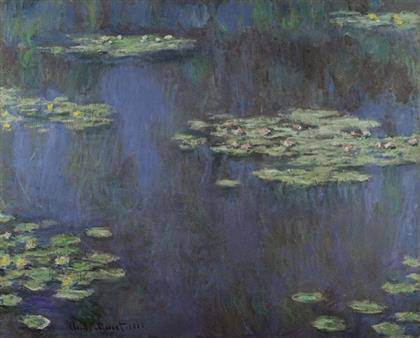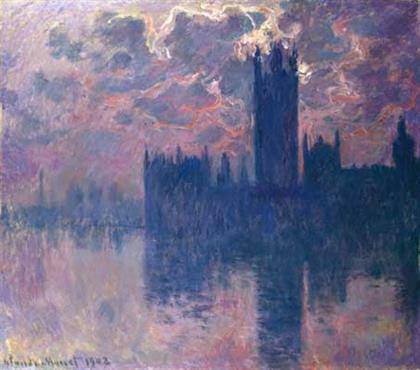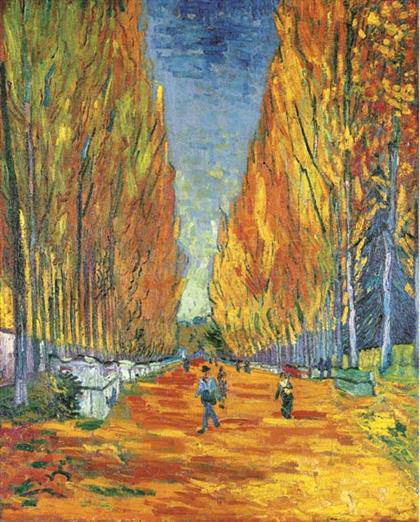
Claude Monet
“Nymphéas”, 1905
Estimate $30–45 million at Sotheby’s

Claude Monet
“Le Parlement, soleil couchant”, 1905
Estimate $35–45 million at Christie’s
Works by Monet to shine at auction, May 2015 Sotheby’s and Christie’s will include several important works by Claude Monet on their Impressionist and Modern Art auctions in New York, May 2015.]]>
April 8, 2015, source: Sotheby’s / Christie’s
Sotheby’s
Sotheby’s 5 May 2015 Evening Sale of Impressionist & Modern Art in New York will offer an outstanding group of six paintings by Claude Monet, spanning the 1870s through the 1910s and including many of his most celebrated subjects: water lilies, Venice, a snowscape, the Seine and the Normandy coast. The works are emerging after significant time spent in their respective private collections, including a prime example of the artist’s iconic “Nymphéas (Water Lilies)” series that was acquired by its present owner in 1955 (estimate $30–45 million), and a Venice scene restituted to the son of legendary collector Jakob Goldschmidt in 1960 that is on offer from the collection of his grandson, the late Anthony Goldschmidt (estimate $15–20 million).
“Nymphéas” dates from 1905, and has remained in the same distinguishe d private collection since 1955. Until Sotheby’s worldwide exhibitions this spring, the painting has not been viewed in public since 1945. This work was included in the seminal exhibition held at the Galerie Durand-Ruel in 1909, which Monet titled “Les nymphéas, series de pays ages d’eau par Claude Monet”.
Christie’s
Claude Monet’s “Le Parlement, soleil couchant” is a magisterial depiction of London’s Gothic Houses of Parliament, as viewed from across the River Thames. Estimated at $35-45 million, “Le Parlement, soleil couchant” will be among the top lots of Christie’s “Looking Forward to the Past” evening auction on May 11, a curated selection of top-quality works that explores the most innovative artists and movements of the 20th Century.
Another Monet “Les Meules à Giverny” (1885, estimate: $12-18 million) was painted as sunset first began its approach, the front face of each haystack is still awash in golden light, rendered in vigorous touches of yellow and peach, while the far side has sunken into shades of deep purple and pink. With its exquisitely nuanced description of the fleeting effects of light, the painting forcefully asserts Impressionism’s continued strength and vitality, at a time when many of the movement’s pioneering members were abandoning the cause.
Related content
Picasso’s ‘Femmes d’Alger’ could fetch $140 million
Follow us on:


